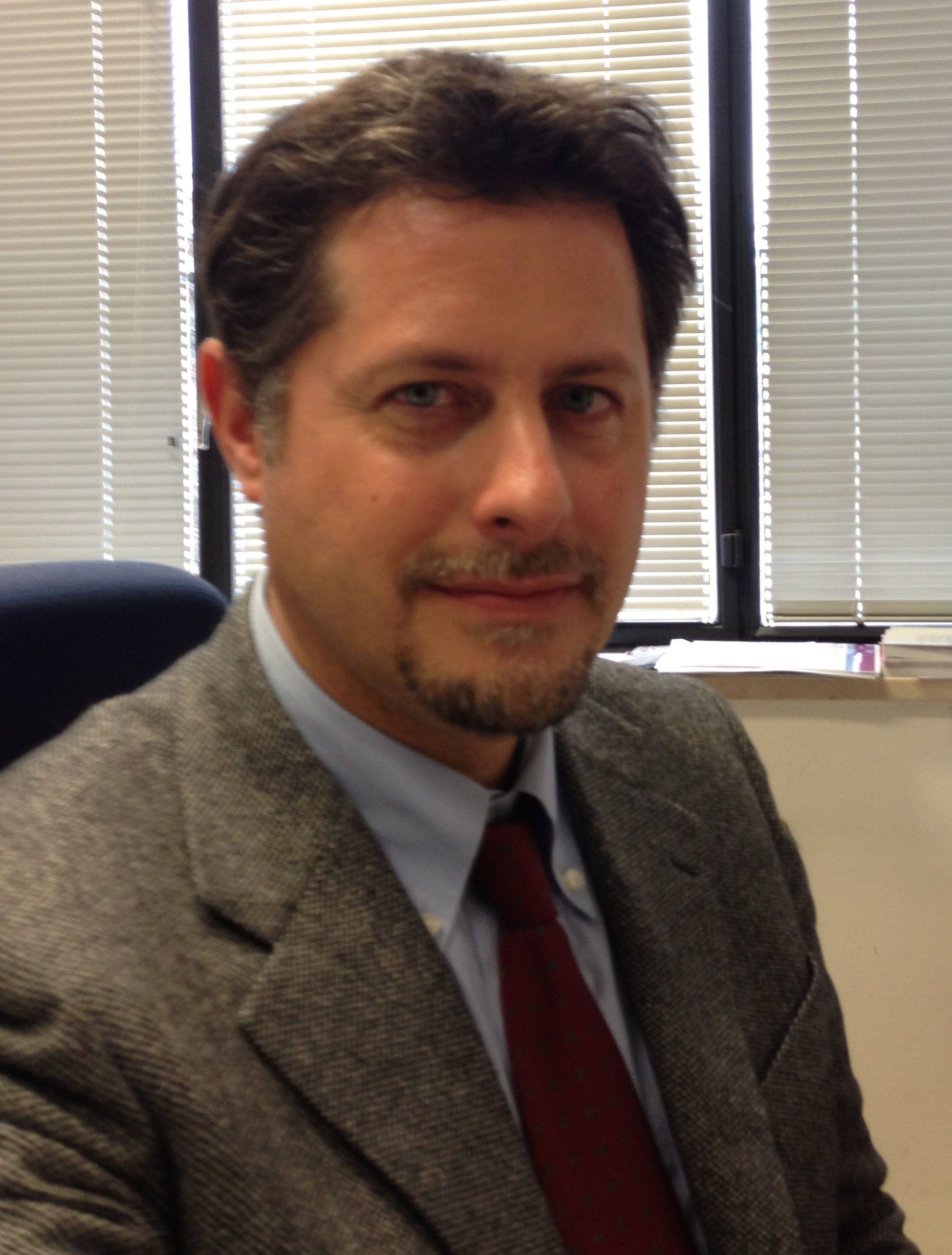Homogeneous assays for biomarker quantification and interaction studies
Section outline
-
 Rapid, sensitive and accurate biochemical assays are necessary for basic and applied research. Alpha (Amplified Luminescent Proximity Homogeneous Assay) and LANCE (LANthanide Chelate Excite) are innovative technologies for the quantification of specific proteins and metabolites in complex matrices, such as cell lysate, serum and conditioned media. In addition to this, thanks to their versatility, Alpha and LANCE are also used to detect macromolecular interactions (e.g. PD-1:PD-L1 protein:protein interaction), protein modifications (e.g. phosphorylation and epigenetic markers) and to assess enzymatic functions (e.g. kinase and epigenetic lysine-modifying enzymes).
Rapid, sensitive and accurate biochemical assays are necessary for basic and applied research. Alpha (Amplified Luminescent Proximity Homogeneous Assay) and LANCE (LANthanide Chelate Excite) are innovative technologies for the quantification of specific proteins and metabolites in complex matrices, such as cell lysate, serum and conditioned media. In addition to this, thanks to their versatility, Alpha and LANCE are also used to detect macromolecular interactions (e.g. PD-1:PD-L1 protein:protein interaction), protein modifications (e.g. phosphorylation and epigenetic markers) and to assess enzymatic functions (e.g. kinase and epigenetic lysine-modifying enzymes).The homogeneous format of Alpha and LANCE allows quick, simple and automatable “wash-free” protocols, typically performed in 96- or 384-multiwell plates and thus suitable for high-throughput analyses, such as the functional screening of compounds.
Compared to standard assays, Alpha and LANCE delivers tangible benefits: high accuracy (CV% typically <10%), superior sensitivity (exceeding FDA guidelines of 250-500 ng/ml), time gain (about half time of ELISA or immune-blot) and easy, automation-friendly protocols.
This course will focus on the theory of Alpha and LANCE with several examples of their applications, followed by an experimental session on the bench to directly familiarize with these innovative technologies.
Click here to download CLASS SCHEDULE
 ENRICO DAINESE PhD
ENRICO DAINESE PhDAssociate professor
Biochemistry and Molecular Biology Unit
Faculty of Bioscience and Technology for Food, Agriculture and Environment
University of Teramo
Email: edainese@unite.it
ABOUT
Prof. Dainese is one of the leading experts in structural biology of metalloproteins, receptors and enzymes involved in inflammatory diseases and in the study of their functional interaction with bioactive lipids and biological membranes.
EDUCATION
Prof. Dainese was trained in Structural Biology and Biochemistry at University of Padova (MS 1992, PhD, 1998).
From 1998 to 2000 Post-Doc Research activity at the Institute of Molecular Biophysics, University of Mainz (Germany) and at Université Paris-Sud (France).
From 2000 to 2004 he was Assistant Professor in Biochemistry, University of Teramo.
From February 2005 to date he is Associate Professor in Biochemistry.
Since 2013 Senior Scientist at the European Center for Brain Research (CERC)/Santa Lucia Foundation, Rome.
In 2013 he obtained the National Scientific Qualification as Full Professor in General Biochemistry and Clinical Biochemistry.
Since 2000 he was PI for several EU-funded research proposals for access to large experimental facilities for structural studies of enzymes and proteins by X-ray spectroscopy. In particular, at the " European Synchrotron radiaton Facility" (ESRF Grenoble, France), at the "European Molecular Biology Laboratory" (EMBL-DESY, Hamburg, Germany). Since 2000 he was PI of more than 20 different national projects (PRIN, Italian Ministry of Healt, Ministry of Agriculture and Forestry, ecc.) and of several projects financed by private companies (Valagro SpA, Angelini Pharmaceutics, ecc.). Since 2006 he has been appointed as a member of the Scientific Committee for Evaluation of European Projects in the "Biology / Health" sector for the European Research Facility "SOLEIL" (Paris - France). In 2009 he was one of the founding members of "MediaPharma S.r.l.", a company involved in R&D of new products, new knowledge, methodologies and innovative services for diagnostic and therapeutic use in the oncology field (holds more than 20 patents). Board member of the PhD in "Molecular and Cellular Biotechnology", and so far, supervised 10 PhD students.
RESEARCH ACTIVITY
The research activity focuses on the structural and functional analysis of bioactive lipids and how they can modulate enzymes involved in inflammatory mechanisms and membrane receptors. These studies are aimed at the development of new agonists/antagonists and/or inhibitors that consider interaction with biological membranes as a key element in the design phase of new molecules to be used in the therapeutic field.
PUBLICATIONS
Prof. Dainese is author of more than 60 articles in international journals (H index: 22), Associate Editor of Biotechnology and Applied Biochemistry, and author of a university textbook titled "Biochimica degli Alimenti e della Nutrizione" (2006) published by Piccin Editore, pp. 285.
https://scholar.google.it/citations?user=SLHpKr4AAAAJ&hl=it
 MARA COLZANI
MARA COLZANIPerkinElmer Application Specialist
mara.colzani@perkinelmer.com
Discovery & Analytical Solutions (DAS)
PerkinElmer Italia S.p.A.
ABOUT
Mara Colzani joined PerkinElmer at the beginning of 2016, after 12 years-experience on the bench of different research centers. Her background is biochemistry, proteomics and mass spectrometry for the analysis of proteins, peptides and small molecules. In PerkinElmer, she collaborates with the European team of application specialists, to help both young and experienced researchers to develop new assays using classical as well as innovative technologies.
EDUCATION
2012-2016 Post-doctoral work at Pharmaceutical Sciences, Università degli studi di Milano, Milano
2010-2012 Post-doctoral work at Experimental Oncology dept., Istituto Europeo di Oncologia (IEO) e Istituto Italiano di Tecnologia (IIT), Milano
March 2010 PhD in Life Sciences, University of Lausanne, Lausanne (CH)
2006-2010 PhD student and assistant, Protein Analysis lab., Center for Integrative Genomics, University of Lausanne, Lausanne (CH)
2005 Researcher at Nerviano Medical Sciences (NMS), Nerviano (MI)
March 2005 Master degree in Biotechnology, Università di Milano-Bicocca, Milano
RESEARCH ACTIVITY
She support the development and optimization of biochemical and cellular assays using microplate readers containing different reading modes such as absorbance, fluorescence, luminescence, time-resolved fluorescence, Amplified Luminescent Proximity Homogeneous Assay (ALPHA).
PUBLICATIONS
Mara Colzani has published more than 20 papers/chapters on peer-review journals and participated to at least 30 national or international congresses.
-
-
Juli - Dani
-
Yosra - Elizabetha
-
Angelo - Ilaria - Eleonora
-
Agnieszka - Mohammad - Vivi
-
Beatrice - Fabio - Domenico